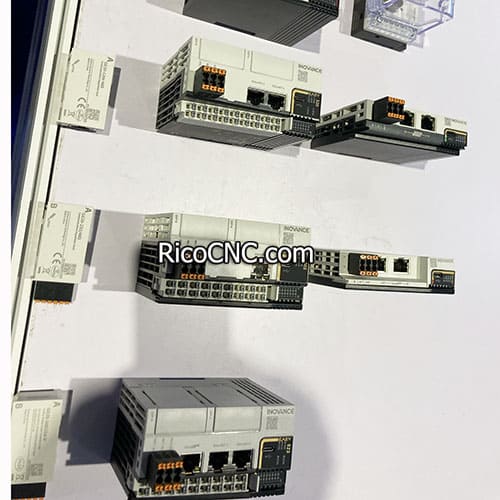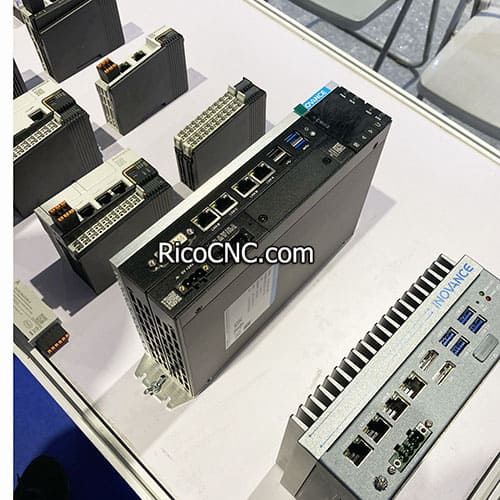
Unveiling the Differences: VFD vs Servo Drives in Motion Control
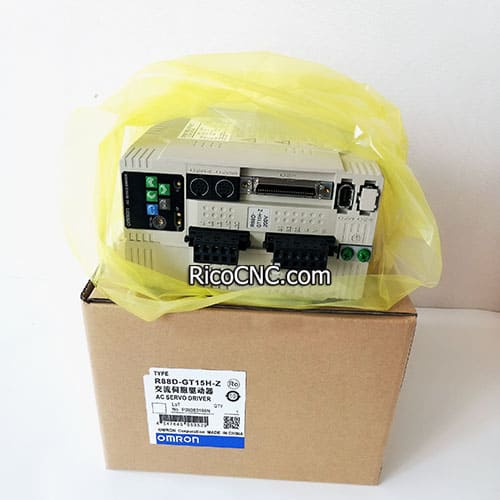
R88D-GT15H-Z Omron Servo Drive G-Series Servo DriveIn the world of industrial automation and motion control, two technologies stand out: Variable Frequency Drives (VFDs) and Servo Drives. Both play crucial roles in controlling motors, but they have distinct characteristics and applications. This comprehensive guide will explore the differences between VFDs and servo drives, helping you understand which technology is best suited for your specific needs. Whether you're a seasoned engineer or new to the field, this article will provide valuable insights into these essential components of modern automation systems.
What Are VFDs and Servo Drives?
Before diving into the differences, let's establish a clear understanding of what VFDs and servo drives are:
What is a Variable Frequency Drive (VFD)?
A Variable Frequency Drive, also known as a VFD, is an electronic device used to control the speed of an AC motor by adjusting the frequency and voltage supplied to the motor. VFDs are widely used in various industrial applications where speed control of electric motors is required.Key features of VFDs include:
Ability to control motor speed
Energy efficiency
Soft start and stop capabilities
Overload protection
What is a Servo Drive?
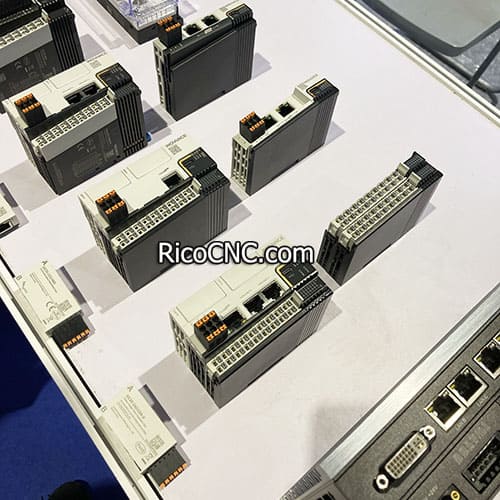
A servo drive is a specialized motor controller designed to work with servo motors. It provides precise control over position, velocity, and torque. Servo drives are essential components in high-precision motion control systems.Key features of servo drives include:
Precise position control
High-speed response
Closed-loop feedback system
Torque control capabilities
How Do VFDs and Servo Drives Differ in Their Basic Operation?
The fundamental difference between VFDs and servo drives lies in their control mechanisms and the types of motors they work with.
VFD Operation
VFDs control the speed of AC motors by varying the frequency and voltage supplied to the motor. This is achieved through a process called pulse width modulation (PWM). By adjusting the frequency, a VFD can control the motor's speed without the need for complex feedback systems.
Servo Drive Operation
Servo drives, on the other hand, work in a closed-loop system with servo motors. They use feedback from an encoder to precisely control the motor's position, speed, and torque. This feedback loop allows for extremely accurate motion control.
What Types of Motors Do VFDs and Servo Drives Control?
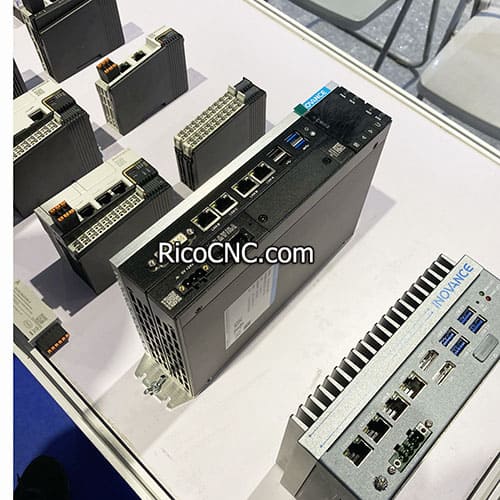
The type of motor used is a key differentiator between VFDs and servo drives:
Motors Controlled by VFDs
VFDs typically control:
AC induction motors
Synchronous AC motors
These motors are commonly used in applications where precise positioning is not critical, such as pumps, fans, and conveyors.
Motors Controlled by Servo Drives
Servo drives are designed to work with:
AC servo motors
DC servo motors
Servo motors are engineered for high-precision applications like CNC machines, robotics, and packaging equipment.
How Do VFDs and Servo Drives Compare in Terms of Precision?
Precision is one of the most significant differences between VFDs and servo drives:
VFD Precision
VFDs offer good speed control but are less precise in terms of positioning. They typically achieve:
Speed regulation of ±0.5% to ±1%
No inherent position control without additional equipment
Servo Drive Precision
Servo drives excel in precision, offering:
Position accuracy down to fractions of a degree
Speed regulation better than ±0.01%
Precise torque control
This high level of precision makes servo drives ideal for applications requiring exact positioning and repeatable motion.
What Are the Torque Characteristics of VFDs vs Servo Drives?
Torque control is another area where VFDs and servo drives differ significantly:
VFD Torque Characteristics
Provide full torque at low speeds
Torque decreases at higher speeds (constant power region)
Limited torque control capabilities
Servo Drive Torque Characteristics
Maintain full torque throughout the speed range
Offer precise torque control
Can provide high torque for short durations (peak torque)
The superior torque control of servo drives makes them suitable for applications requiring rapid acceleration and deceleration.
How Do VFDs and Servo Drives Differ in Terms of Feedback and Control?
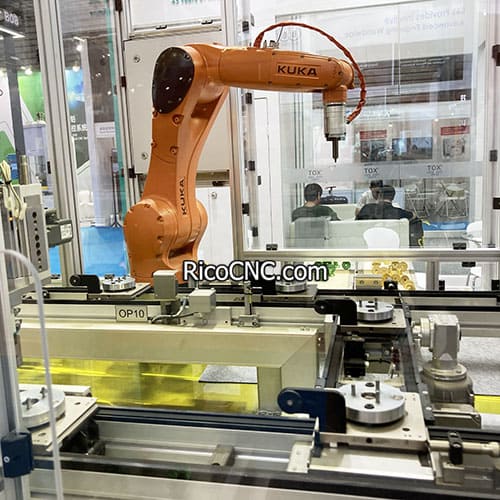
The feedback and control mechanisms are fundamental differences between these two drive technologies:
VFD Feedback and Control
Typically operate in an open-loop system
Can incorporate simple feedback for improved performance
Control based on frequency and voltage adjustment
Servo Drive Feedback and Control
Operate in a closed-loop system
Use encoders or resolvers for precise feedback
Continuously adjust based on position, velocity, and torque errors
The closed-loop control of servo drives allows for much higher precision and responsiveness compared to VFDs.
What Are the Typical Applications for VFDs and Servo Drives?
Understanding the applications best suited for each type of drive is crucial for selecting the right technology:
Common VFD Applications
Pumps and fans
Conveyor systems
HVAC systems
Compressors
Simple machine tools
Common Servo Drive Applications
CNC machines
Robotics
Packaging machinery
Printing presses
Pick-and-place machines
The choice between a VFD and a servo drive often comes down to the level of precision and control required for the specific application.
How Do VFDs and Servo Drives Compare in Terms of Cost?
Cost is an important factor when choosing between VFDs and servo drives:
VFD Cost Considerations
Generally less expensive than servo drives
Lower installation costs
Can be used with standard AC motors
Servo Drive Cost Considerations
Higher initial cost for both drive and motor
More complex installation and setup
Higher precision and performance justify the cost for certain applications
While VFDs are often the more economical choice, the performance benefits of servo drives can outweigh the cost difference in high-precision applications.
What Are the Energy Efficiency Considerations for VFDs and Servo Drives?
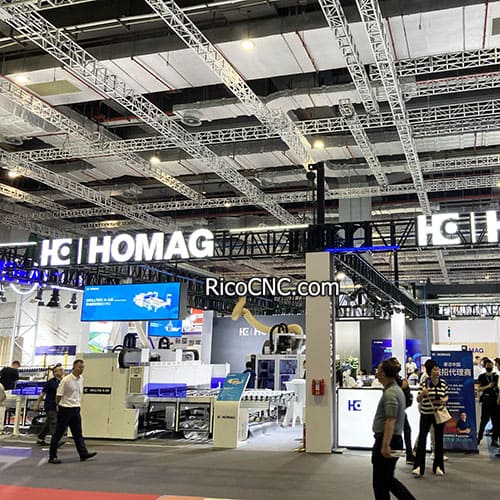
Energy efficiency is a crucial factor in modern industrial applications:
VFD Energy Efficiency
Significant energy savings in variable-load applications
Reduce motor speed to match load requirements
Can result in 20-50% energy savings in many applications
Servo Drive Energy Efficiency
Highly efficient in dynamic, high-precision applications
Energy recuperation capabilities in some systems
May consume more power in constant-speed applications compared to VFDs
The energy efficiency of each drive type depends largely on the specific application and usage patterns.
How Do VFDs and Servo Drives Handle Overload Situations?
The ability to handle overload situations is an important consideration:
VFD Overload Handling
Can typically handle 150% overload for short durations
Built-in protection features prevent motor damage
May require oversizing for applications with frequent overloads
Servo Drive Overload Handling
Can handle high peak torques (up to 300% or more) for short periods
Advanced protection features for both drive and motor
Designed for dynamic load changes
Servo drives generally offer superior performance in applications with frequent load changes and peak demands.
What Are the Key Factors to Consider When Choosing Between a VFD and a Servo Drive?
Selecting the right drive for your application involves considering several factors:
Precision requirements
Speed range and control needs
Torque characteristics
Application dynamics
Cost constraints
Energy efficiency goals
Feedback and control requirements
Environmental conditions
Maintenance and support considerations
By carefully evaluating these factors, you can determine whether a VFD or a servo drive is the best choice for your specific application.
Conclusion: Making the Right Choice for Your Motion Control Needs
In summary, the choice between a VFD and a servo drive depends on your specific application requirements:
Choose a VFD when:
Simple speed control is sufficient
Cost is a primary concern
Energy efficiency in variable-load applications is important
The application doesn't require precise positioning
Choose a servo drive when:
High precision and accuracy are essential
Dynamic motion control is required
Rapid acceleration and deceleration are needed
The application demands precise positioning and torque control
Remember, both VFDs and servo drives have their place in modern industrial automation. By understanding their differences and capabilities, you can make an informed decision that optimizes your motion control system's performance and efficiency.For more information on specific servo drive products, consider exploring options like the SGDV-5R4D11A Yaskawa Servo Driver or the MKDET1505P Panasonic AC Servo Driver. These high-quality drives exemplify the precision and performance capabilities of modern servo drive technology.







